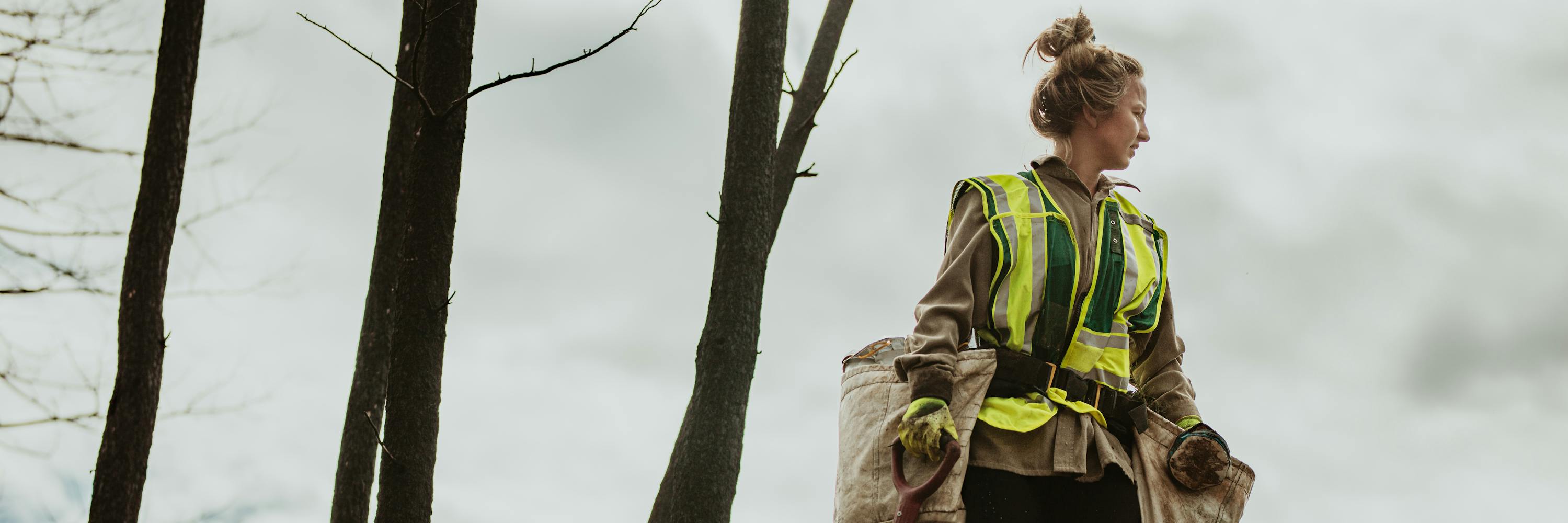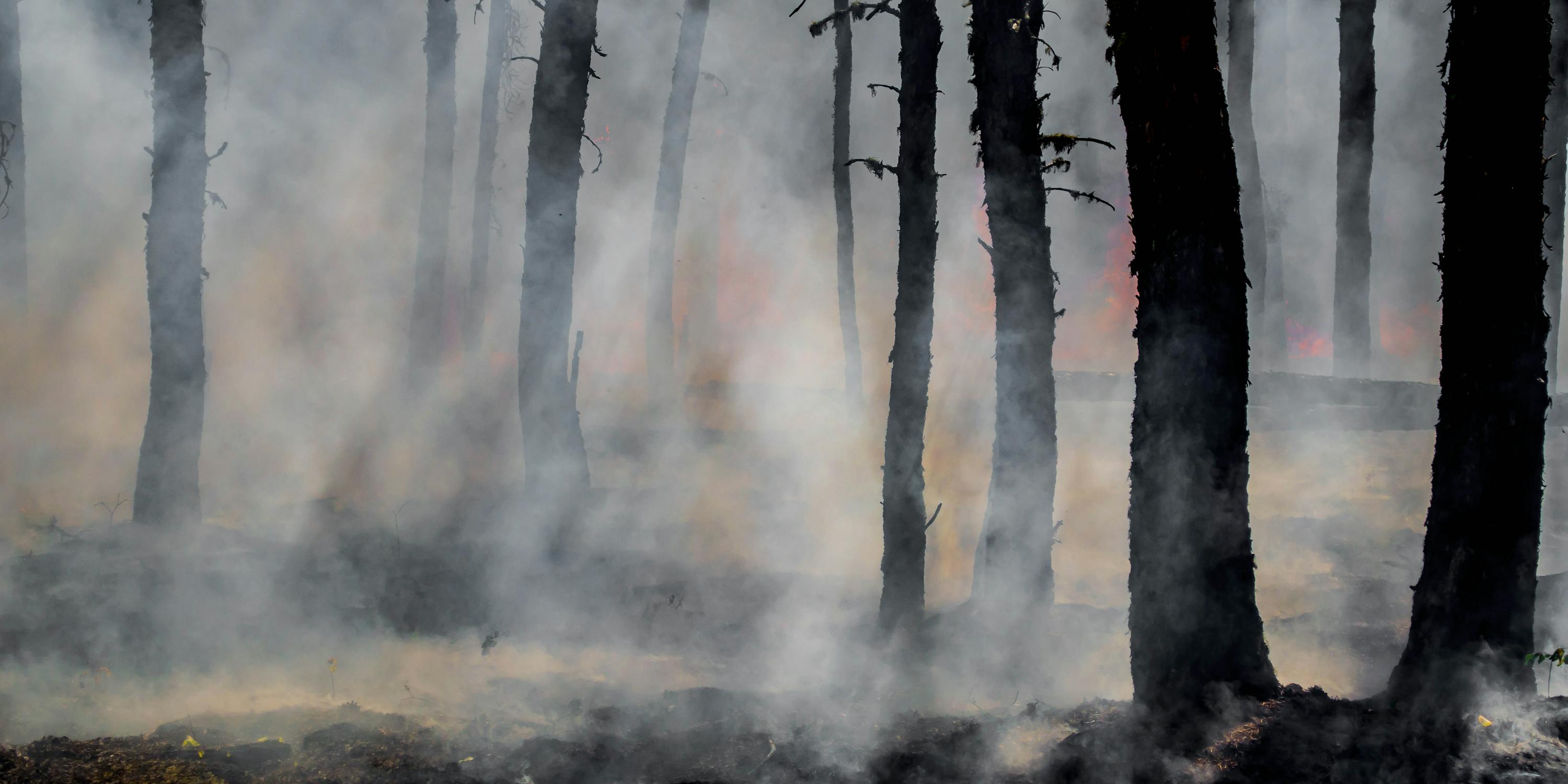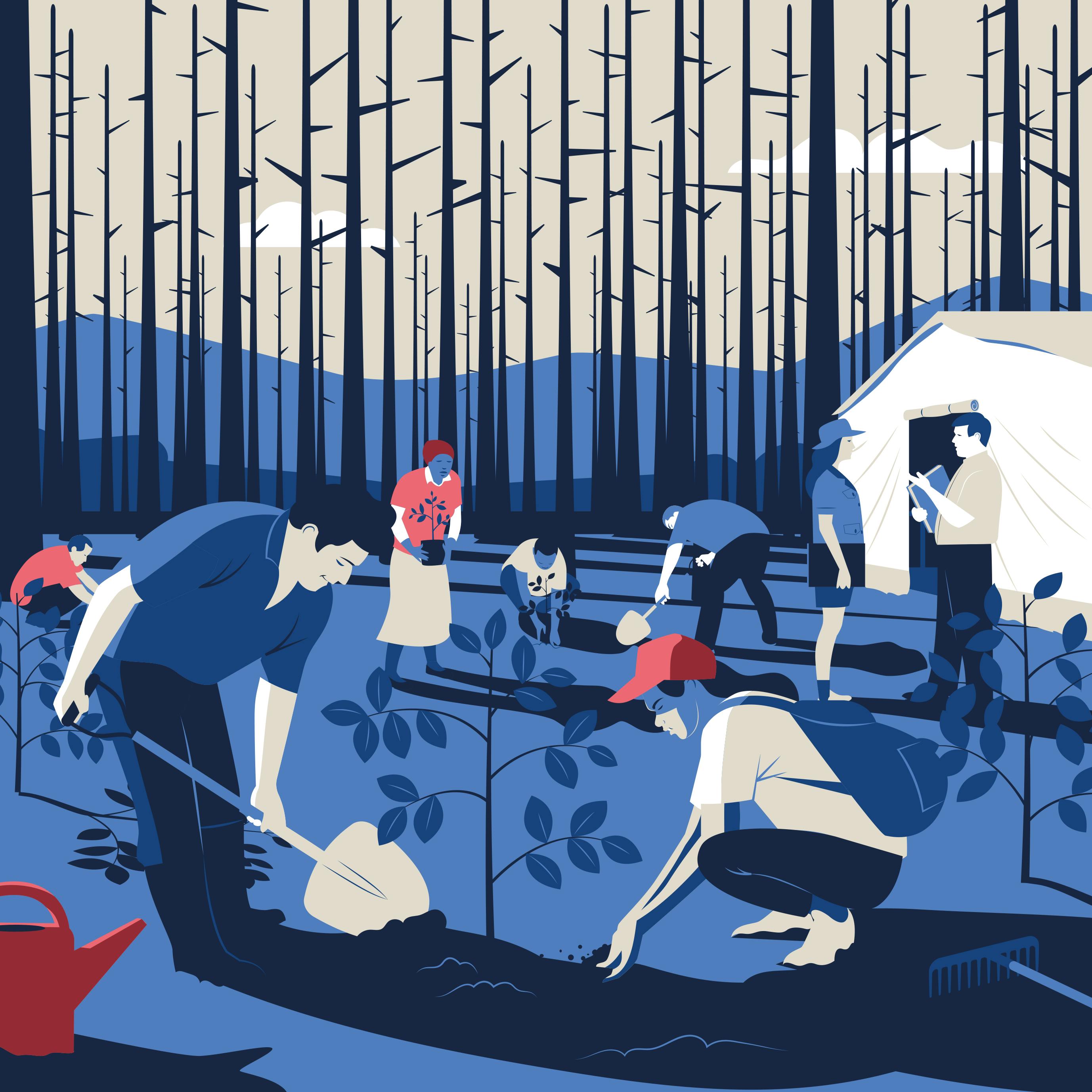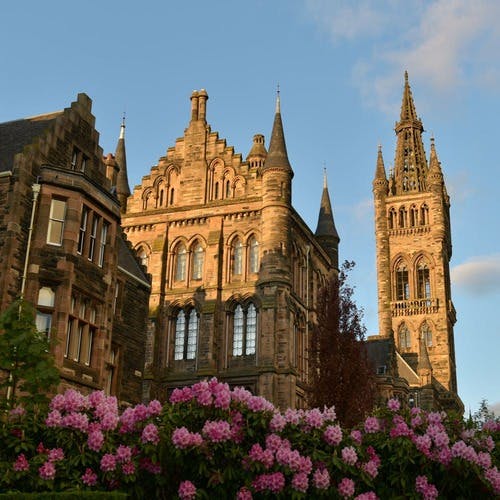
We were asked to provide practical recommendations for the future management and marketing, based on a benchmark analysis of the most successful initiatives and strategies from international destinations that had experienced similar crises, but which could be adapted to the place-specific conditions of Northern Evia.
Facilitate the adoption of best practices based on the specific needs of Northern Evia’s destinations, and which could contribute to the recovery of the area’s tourism sector.
Increase resilience and competitiveness through the introduction of product innovation, investments and resources management.
Achieve broader prosperity goals for residents of the affected regions.
Create a knowledge base for providing support to other Greek destinations prone to suffering similar challenges.
Upgrade and modernise the area’s tourism brand.

According to the World Travel & Tourism Council, it typically takes a destination an average of 16.2 months to recover from a natural disaster, however wildfires can take anything from one to 93 months. The range is indicative of the preventative measures taken, the value of destination management and marketing, and what these can do to increase resilience. Successful solutions vary from dedicated strategic plans and funding structures (e.g. in the UK after the floods in 2014) to location-specific initiatives by community groups and local influencers (e.g. the intervention of Massimo Bottura after the 2012 earthquake in Italy). Understanding what worked and what didn’t in the past is the essential first step for a destination to develop a plan adjusted to its unique characteristics and needs.
During its heyday, Northern Evia was a popular holiday destination for global stars such as Maria Callas and Greta Garbo. However, it had slowly declined over the last few decades, and had struggled to forge an identity, amid strong competition from other destinations in the region. Therefore, our first step was to understand the area's true challenges (going further back than the recent natural disaster) and identify underlying factors that could still undermine recovery efforts. To enhance our research insights, we worked in the field and engaged with local stakeholders and businesses, assessing the implications of challenges such as the pandemic, population decline and the lack of a concrete place brand.
Subsequently, we connected the findings with the current crisis to define the range of case studies themes, and narrowed them down to specific successful practices that could provide meaningful takeaways for Northern Evia. After selecting the final case studies, we conducted interviews with global recovery experts to produce detailed, actionable guidelines (e.g. developing a tourism product inventory, developing a domestic tourism campaign to highlight the contribution of tourism to recovery efforts) and adapted them to the place-specific place conditions of Northern Evia.
Situation analysis to understand the state of the destination, as well as the impact of the disaster.
Interviews with selected local professionals, as well as three on-site inspections in the region to fill any gaps that we’d identified due to limited data.
Participation in the working meetings of the Committee and engagement with other researchers working on other recovery pillars for potential synergies.
Interviews with international experts in crisis and disaster recovery marketing.
Review of approximately 50 case studies of crisis management and recovery.
A road-map with 12 tailor-made, actionable guidelines for a holistic recovery.
Here were the primary results that we recorded after all of our efforts:
The collaborative approach undertaken by TOPOSOPHY has resulted in sustainable and realistic actions, set a well-rounded roadmap for a quick recovery and future growth, identifying opportunities for product development, innovative promotion and other measures.
Key lessons and takeaways from our work in Northern Evia can be used by other destinations struck by a natural disaster to support more efficient recovery efforts.

